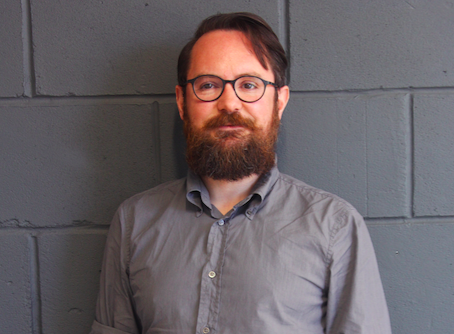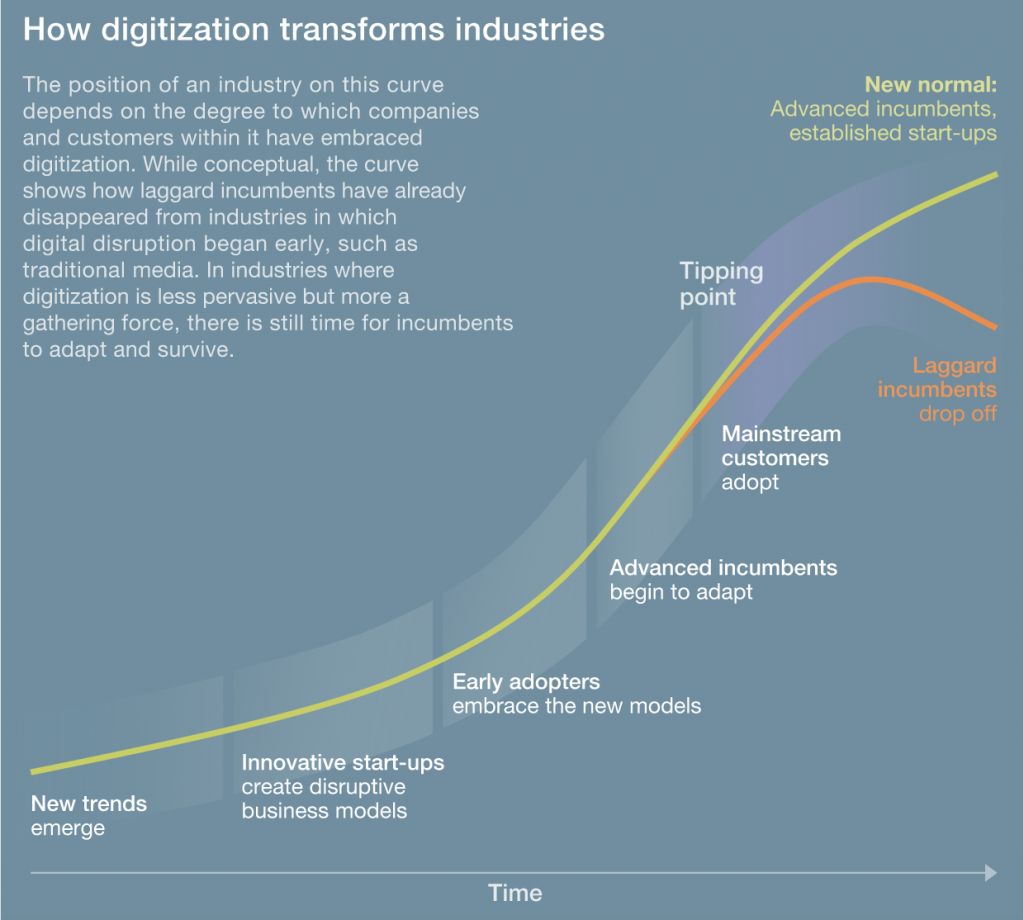This week we’re discussing start-up branding. It’s essential but, in so many cases, it gets overlooked, certainly beyond the logo and colour scheme. But a brand is so much more. It’s the beating heart of the business and the basis of any marketing and communications. A good brand can make the difference between success and failure.
We started by talking to two different start-ups about the challenges they faced and we finish with what we believe is important when taking your business to market and truly selling it. Why? Well nowadays there are so many new businesses launching, thanks to technology, that unfortunately it’s becoming more and more obvious which ones have put time and thought into their brand. After all, all businesses need customers, period.
Vanessa Butz and Giovanni Roberto, were our two victims. We wanted to understand how they dealt with brand and why they felt it important.
Vanessa moved to London in 2015 to set-up Interchange, one of London’s coolest co-working environments, which was taken from conception to launch in a little over 3 months. Although Interchange sits under the umbrella of a larger public company, Vanessa experienced all the challenges you would expect from a start-up.
Giovanni is the founder of Yndica, an innovative, multi-channel retail solution with a hand picked selection of products, displayed in pods, which can be placed almost anywhere. The proposition seamlessly integrates a mobile ecommerce solution, allowing purchase and delivery at the swipe of a phone.
The consensus is refreshing and something the start-ups of this world should take on-board, as a strongly differentiated brand is what will give them an edge as markets start to get more competitive. Both felt strongly that culture is what drives start-up branding. It all starts with the founders establishing a strong sense of culture in the business (we’d probably call this values and personality) and this should be reflected in the experience a customer has regardless of where they are in their journey. The deeper understanding of how a consumer forms relationships with a brand was something they both inherently understood and both felt that brand needed to be policed, especially as the businesses evolved. What we often see missing, that both really understood, was that brands evolve. Many start-ups forget this bit, still forging ahead with the first iteration, conceived over the kitchen table, at a point in their lifespan where it’s no longer fit for purpose.
So we’d thought we’d hand out some start-up branding advice. Free. Because we’re nice like that.
You’ve come up with a great idea, you’ve asked a lot of questions, you’ve put in the time and effort to formalise your idea into a business. Now what?
Never before has there been so much support, funding and information available for start-ups. But, from our experience (and this goes back to year dot!) most people don’t put enough time or budget into planning their start-up branding and marketing strategy. And your start-up will need both if you want to start making money in the not too distant future. Which we’re assuming you do.
Start by thinking about what the actual purpose of your business is and where do you want it to be in the future. What are your ambitions for your business? These can be distilled down into short, snappy phrases, called ‘Vision’ and ‘Mission’ (often the Mission Statement).
Your vision is exactly that, what your ultimate vision is for the future of your company? This is often something kept within the company to inspire your employees, and it should always be written in the future tense. A great and very often quoted vision statement is “A just world without poverty” – Oxfam. Simple, clear and truly visionary.
A mission statement is often shareable and is more about a statement of intent for your business. What is its day to day purpose? These tend to be a little longer than your vision, with a slightly more practical edge. Google’s is pretty good we think, “Google’s mission is to organise the world’s information and make it universally accessible and useful”. As you can see, it’s not about giving your ideas or secrets away, just simply telling people what you’re about. A good exercise to do alongside this one is listing out all your brand values and core principles. Having these agreed early on will prove very helpful all along your branding journey.
At DVO we offer a full service digital agency model which places a huge amount of importance on research, and with good reason. We never understand why so many companies, including some long standing, experienced ones, place little or no value on research, some even totally forgoing it! Yes, it is a potential cost, or can be quite labour intensive, especially if you don’t have a big budget. But really, it is essential. Both quantitative (large amounts of data, easily measured and reported) and qualitative (smaller amounts of data, less easily measured, sometimes anecdotal) provide valuable insights into all areas of your business and the landscape within which it sits. Use your research to establish whether your business idea has potential. Look at other players in your sector, what is your potential audience size, what can your target customer afford? Even down to the basics; has your chosen brand name been taken already, are the digital naming rights available? All these things will help you formulate your business model, price your products or service accordingly and realise their full potential going forward.
Very few new businesses are truly unique nowadays. If you’ve come up with an idea that really does not have any competitors, then well done you. But most business ideas will already be out there in one form or another, and you will hopefully have identified these during your research. So what you need to do is establish what about your business is different to them. Once you’ve identified these points of difference, you need to ratify these into your ‘unique proposition’.
Once you have your unique proposition, you need to do some analysis of your audience. Lots of times in the past, when we’ve asked someone who their potential customer is, the reply is often “everybody”. Everybody? Really? So every single man, woman and child in the entire world is going to want and be in a position to buy your product? No, didn’t think so.
Take the time to really understand your target audience. So, for example, if you’re selling feminine hygiene products, then pretty much 50% of the world’s population sits outside of your target audience. If the lowest possible entry price for your product is, say, £500,000, then you’ve narrowed do to a small sector of very wealthy individuals. Selling pens? Yes, you may think that your product IS for everyone, but if you actually think about it, if it’s cheap, high volume units, then maybe your core audience is large offices, and you need to sell via large scale office suppliers. So you’re then looking at a B2B strategy, rather than direct to consumer.
Once you’ve established your audience, you can then look within it to identify any differing segments. Different segments might require different messaging or may favour different channels. Understanding these early on will help you create a brand profile that works will all your audience segments and resonates fully with your potential customers.
A handy exercise we favour is the creation of an ‘Elevator Pitch’. This is really useful for all employees, not just those responsible for sales. It’s your door opener, essentially, if you had those few seconds in an elevator with a stranger and had to explain the ‘who, what and how’ about your brand, what would you say. It is the spirit and function of you brand, articulated in a clear, concise and memorable way. Once you have this defined, put it on stuff. On your website, on business cards, on headed paper, on email signatures. And try and make it as engaging as possible.
Next, you need some reasoning to back up your pitch. A good test of any statement you make in business is to say it, and then add the words “yeah, so what?”. Make sure you’ve got a list of arguments that can support any claims you make. And make them customer-relevant. If you can offer something, prove its integrity and shows how it can only benefit your target customer, the sale is as good as yours.
Tone of voice and content go hand in hand. You’ve already got your brand values from earlier, haven’t you? So your tone of voice is how you ensure that brand profile is expressed throughout all your communications. Doing this ensures consistency, helps alleviate mismatched messaging and ratifies your brand throughout the customer experience.
We have lost count of the amount of times we’ve encountered the old ‘logo as brand’ mentality, even from so-called branding specialist. Visual identity; your logo, chosen colours, fonts, layouts, templates etc. are the visual representation of your brand. Your visual identity needs to aligned itself with your brand values, your messaging and identify with your customers. It needs to be memorable and it needs to work hard for you. All the elements of it need to support the rest of your business.
Understanding your customer journey is key, and often, what at first seemed simple can actually end up much more complicated. So take the time to work through it in great detail. Understanding what you expect your customers to do to buy from you can be a bit of a humbling experience. Once you have got it nailed, ensure that all the above elements are expressed throughout the journey. With so many potential channels, points of contact, entry points, purchase methods and digital assets to manage, a consistent, clear user experience is what will get you loyal, repeat customers. Which would be nice eh?
Right, that’s a lot to take in, we know, so here’s a handy little start-up branding checklist:
1. What’s the Vision? – aspirations, always in future tense
2. What’s the Mission? – shareable, what’s the company’s purpose?
3. What are your brand values and core principles?
4. Do your research – quantitative, qualitative, competitors, business name and digital assets availability.
5. What’s your Unique Selling Proposition?
6. Who is your customer? How is your audience segmented? How does your messaging needs to flex to resonate with your segments?
7. What’s your Elevator Pitch?
8. Pillars of reason – create your arguments to back up your claims.
9. Tone of voice and content – how are you going to express your brand?
10. Visual identity – logo, fonts, colours, layouts, templates etc. Do these represent your brand values? Will your audience identify with them?
11. Customer journey – understand it in GREAT detail. Does it work for your audience? Is the user experience consistent with your brand profile?
12. Test your messaging and everything else
13. Give us a call if you get stuck, 020 3771 2461
We hope you’ve found this start-up branding guide useful. If you’d like more information or help then please get in touch, we don’t bite!










